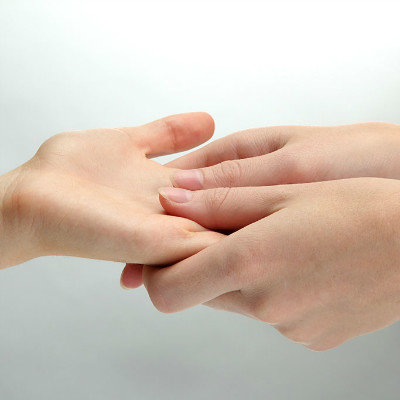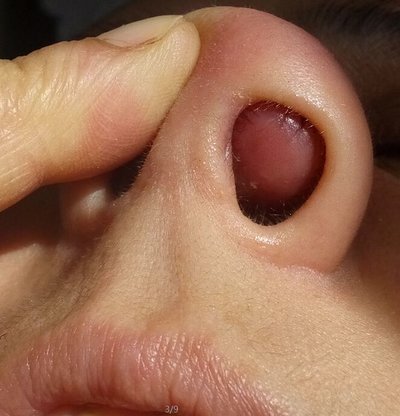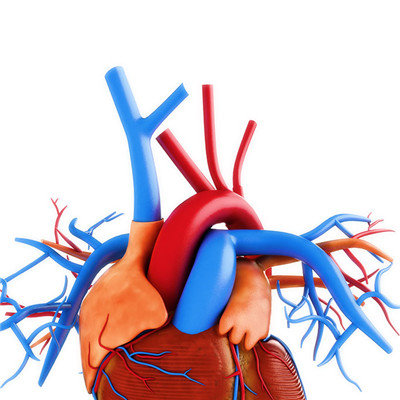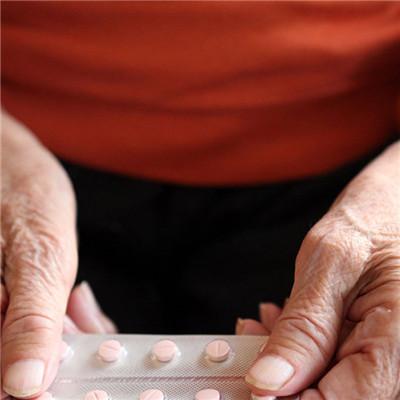Early symptoms of childhood lymphatic carcinoma?
summary
Lymphatic carcinoma in children is a malignant disease. Many parents of children missed the best opportunity for treatment because they did not know the symptoms of childhood lymphatic cancer. The clinical manifestations of children's lymph node cancer are quite different. Some patients have only peripheral lymph node enlargement, almost no systemic symptoms, and the pathology can be seen at a glance, so the diagnosis can be made after biopsy. However, the clinical manifestations of other patients are critical and complex, and it is very difficult to obtain pathological specimens and make pathological diagnosis. Various pathological subtypes have relatively special clinical manifestations. So what are the early symptoms of childhood lymphatic cancer? Now let's learn about it together!
Early symptoms of childhood lymphatic carcinoma?
1. Nonspecific symptoms: fever, indefinite heat type, superficial lymph node enlargement, night sweats. The tumor may originate in any part of the body and have compression symptoms related to the tumor. When there is no effective treatment, the biopsy site of the mass or the mass may not heal for a long time after trauma. In the late stage, patients were thin, pale, limb pain, bleeding tendency, liver and spleen enlargement, kidney enlargement due to infiltration, and palpable.

2. Lymphoblastic type (70% T-cell type) was found in the thoracic cavity, especially in the mediastinum. When the primary mediastinum, the common symptoms are chest pain, irritating cough, dysphagia, shortness of breath, supine difficulty, severe cyanosis, neck, face and upper limb edema, breast X-ray plain film can see a huge mass in the middle and anterior mediastinum, may be accompanied by unequal amounts of pleural effusion. Abdominal cavity is the primary site. A few patients had infiltration of central nervous system at the time of diagnosis, with corresponding symptoms and signs. In lymphoblastic NHL, bone marrow infiltration is more common, and it is difficult to determine whether it is all or NHL bone marrow infiltration from cell morphology, immunology or cytogenetics.

3. Small non cleft type (more than 95% of B cell type) is more common in the abdominal cavity. It may have abdominal pain, abdominal circumference enlargement, nausea, vomiting, changes in the habit of large solution, hepatosplenomegaly, ascites. Sometimes it can be manifested as intussusception, gastrointestinal bleeding, appendicitis like performance, and even a few patients with intestinal perforation and other acute abdomen. The masses in the right lower abdomen are more common, which should be differentiated from inflammatory appendicitis and appendicitis.

matters needing attention
1. Avoid passive smoking. Carcinogens in cigarette smoke have strong stimulating effect on children, so children should avoid exposure to "second-hand smoke". 2. Do not eat salted, spicy, overheated, supercooled, expired and deteriorated food. Children are more sensitive to the adverse stimulation of these foods, so they should not eat the above food. 3. Regular daily life, work and rest, no excessive fatigue, stay up late for a long time, irregular life will make children's physique decline, immune efficiency decline, endocrine disorders, metabolic disorders in the body, increase the risk of disease. 4. Strengthen physical exercise and build up physique. Children can exercise more in the sun to build up physique. 5. Do not eat contaminated food, such as contaminated water, crops, poultry, fish eggs, etc. 6. The three meals are regular. Children who are not picky or anorexic should eat three meals well to supplement nutrition and have a balanced diet. 7. Appreciate the indoor environmental hygiene and try to keep away from the harmful effects of decoration pollution and ionizing radiation. Children should not use mobile phones, reduce the time of using computers and avoid long-term exposure to ionizing radiation.














